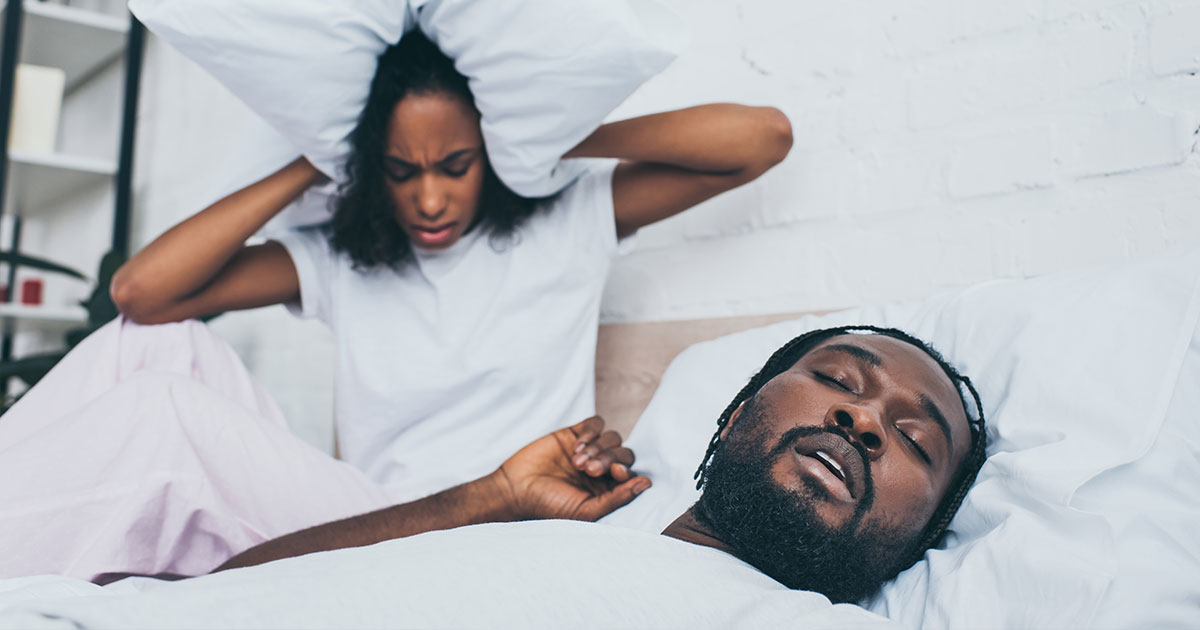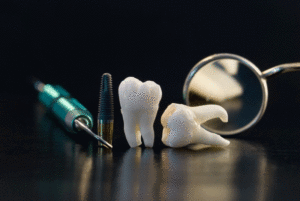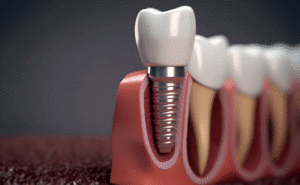Are you tired all the time? Do you wake up frequently throughout the night? Are you groggy and mentally hazy throughout the day? You might have sleep apnea. Sleep apnea is a serious disease that makes it difficult to get a good night’s sleep. Fortunately, there are a number of possible treatments, and things you can do to combat its effects. Here’s what you need to know about sleep apnea.
What Is Sleep Apnea?
Sleep Apnea is a disease that causes interruptions in your breathing while you sleep. The most common type is obstructive sleep apnea, where your airway is partially or completely blocked.
Symptoms include very loud snoring. You’ll also likely find yourself waking up multiple times throughout the night. You might gasp for air while asleep, or momentarily stop breathing. Then when you wake up, you might have a headache and dry mouth.
Sleep apnea is serious and can lead to a host of other health issues, including heart disease, diabetes, high blood pressure and cholesterol, and even death. Here are some of the ways it can be treated.
CPAP Machine
One of the most common sleep apnea treatments is a Continuous Positive Airway Pressure machine. A mask you wear while asleep increases the pressure through your airways, to keep them fully open. There’s also a Bilateral Positive Airway Pressure machine, which varies the amount of pressure through your airways, to be greater when you breathe in and less when you breathe out.
Surgery
This is generally a last resort, after at least three months of other options being tried and failing. By removing tissue from the back of your mouth, it can open up your throat. For milder cases, the tissue can be shrunk, rather than removed entirely, which carries less risk. Other surgical options can actually reposition the jaw, moving it forward to create a bigger space behind the tongue. This reduces the risk of obstruction.
Bite Splints
If the jaw does need to be repositioned, in most cases there’s a less extreme result than surgery. A bite splint is worn in your mouth like a mouth guard during the night and helps to move your lower jaw forward. You could also be given a tongue retaining device, which keeps your tongue in place while you sleep, though this is less common.
These devices are becoming increasingly preferred as treatment for sleep apnea. They’re cheaper than a CPAP machine, and less intrusive – but very effective. They’re also more compact and more discreet than a CPAP. If you’re embarrassed for your partner to see you with a clunky mask over your face every night, a bite splint is much less conspicuous, and isn’t seen as long as your mouth is closed.
Getting a Bite Splint
If you think a bite splint might help your sleep apnea, talk to your doctor, as well as your dentist. Your dentist will make an impression of your teeth, which will then be used to mold the splint to your mouth’s shape. This helps it fit better and be more comfortable. You can also buy bite splints online but stay away from those models. They’re often not FDA approved, and won’t fit your mouth properly – making them less effective.
At Caven Dental Group, we specialize in bite splints for treating sleep apnea. Contact us for more details and let us help you get a good night’s sleep!



